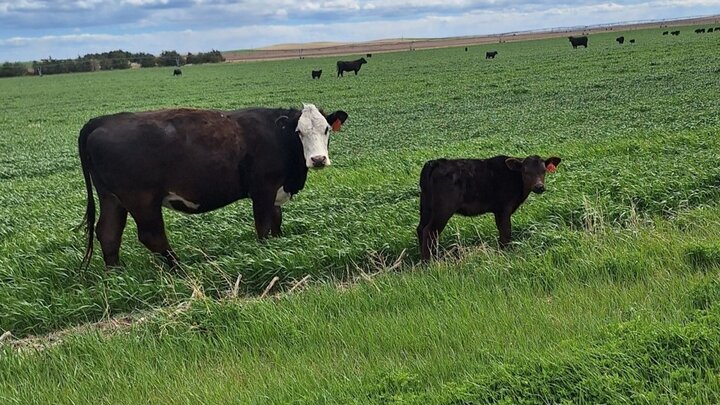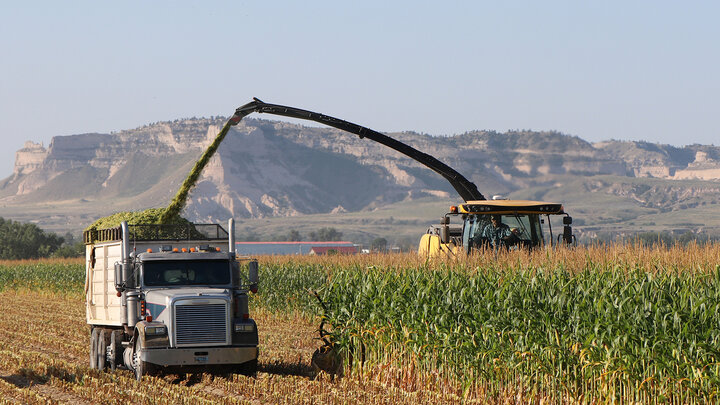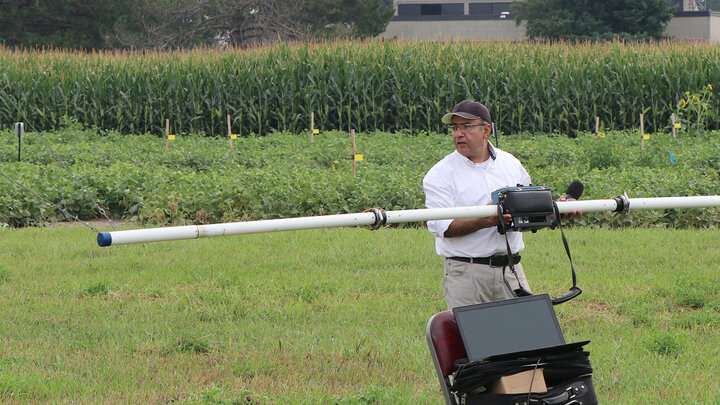Following a spring with below-average precipitation for much of Nebraska, early indicators signal that drought is likely to persist. With limited forage production likely, producers should begin planning now for potential forage shortages. Producers can ease pressure on feed resources by developing a strategic cowherd depopulation plan.
Identify prime culling candidates first:
- Only take cow/calf pairs to grass. Non-pregnant cows or cows that have lost calves need to be culled.
- Sell cows that have been identified as poor mothers, have unsound udders, teats, feet, and legs, bad disposition, and other physical problems (early stages of eye cancer, etc.). Check older cows for sound mouths to ensure productivity.
Use herd production records for data-driven decisions if more cows need to be culled:
Identify nonproductive females in the herd. Use the last two to three years of information to identify cows that rank in the bottom 10-25 percent in weaning weight, and put these cows on the potential cull list. First and second-calf females will usually wean the lightest calves. Use caution when considering placing these cows on a potential cull list.
Utilize pregnancy diagnosis to provide additional information:
Check cows for pregnancy soon after the breeding season. Experienced rectal palpators can detect a fetus between 45 and 60 days old. Accuracy is critical, as you do not want to sell a pregnant cow that was palpated as not pregnant. It is worth double-checking the pregnancy status of cows identified as non-pregnant to ensure pregnant cows aren’t missed. To increase the accuracy of pregnancy determination, consider experienced ultrasound technicians. An experienced ultrasound technician can be quite accurate on a 30-to-35-day-old fetus.
Early weaning can save forage for the cow herd:
Consider early weaning calves (60-90 days of age) from cows designated for culling after weaning if forage resources are limited. Consider also strategically early weaning calves from first-calf females. Every 2.5 days the calf is weaned equates to one more day of grazing for the cow. Nonlactating cows consume 20 percent less forage than lactating cows, and calves consume about 1 to 1.5 percent of their body weight on a dry matter basis in forage. Nebraska Extension Educators can assist in developing growing rations for early-weaned calves that are retained.
Leverage calving distribution when deeper cuts are necessary:
Use calving records over the last two calving seasons to identify mature (4-year-old and older) cows that continually calve late in the calving season. These cows often wean lighter calves, and their daughters are less likely to be retained as replacements.
Final Considerations:
With summer precipitation indicators signaling persistent drought, herd depopulation can be approached with a plan rather than a reaction. If a significantly larger number of cows are to be sold than is typical, consult your tax preparer or accountant to understand the potential tax consequences.




